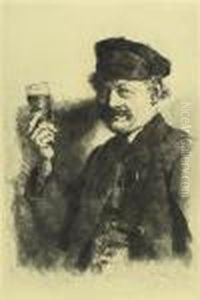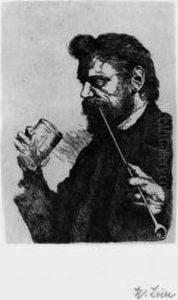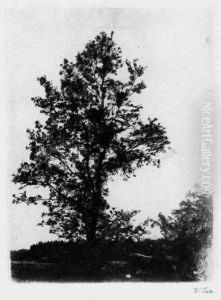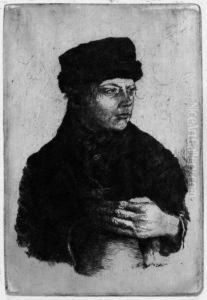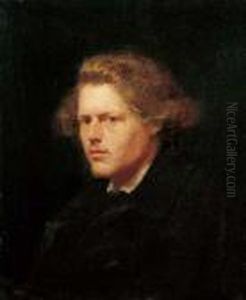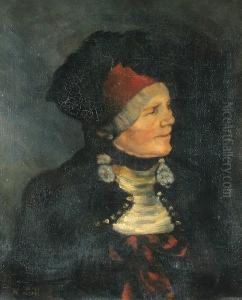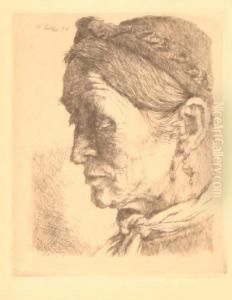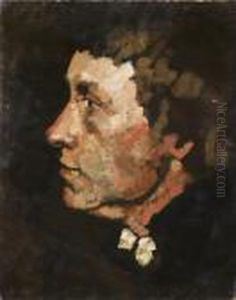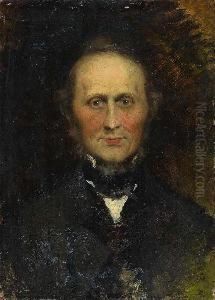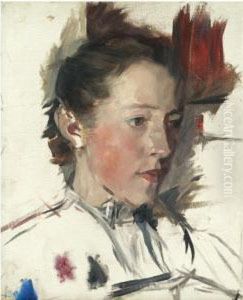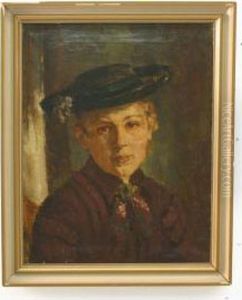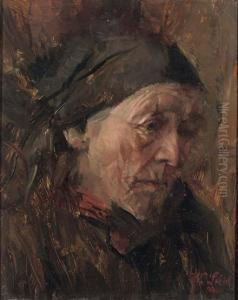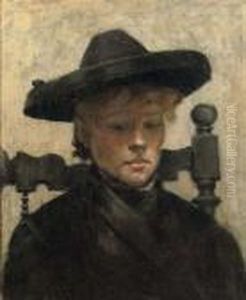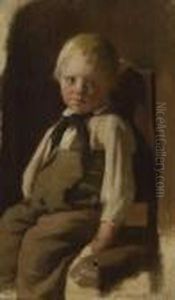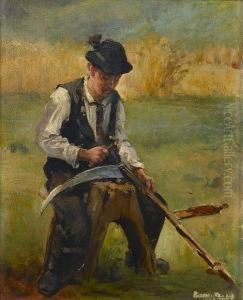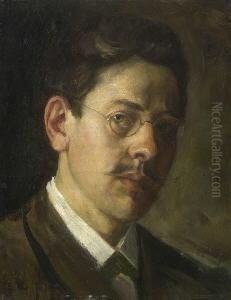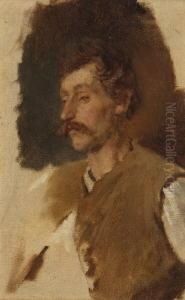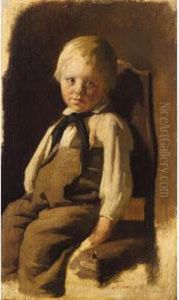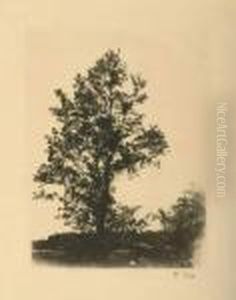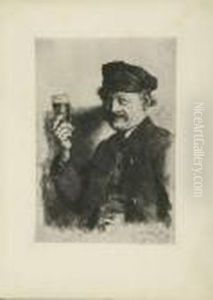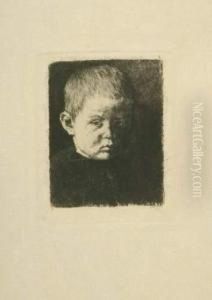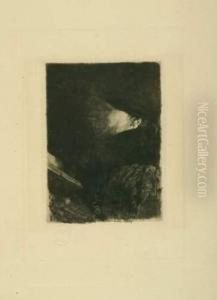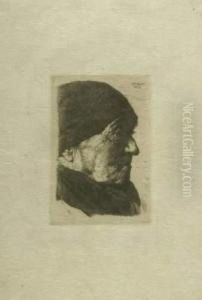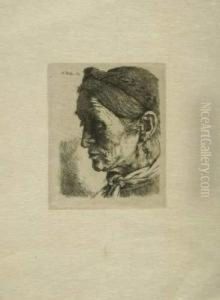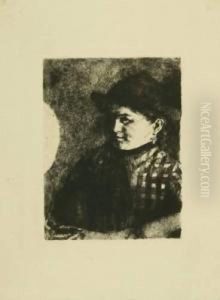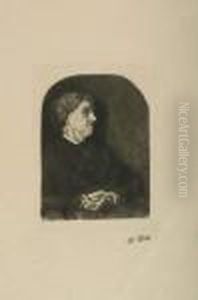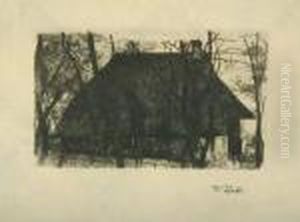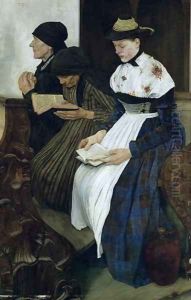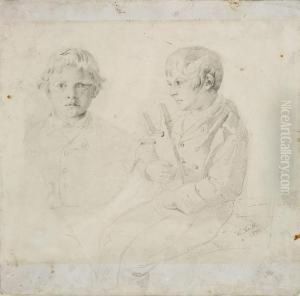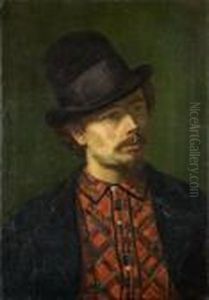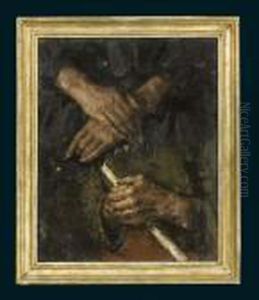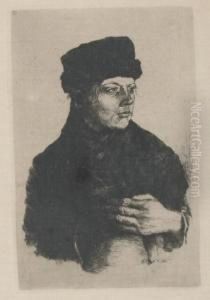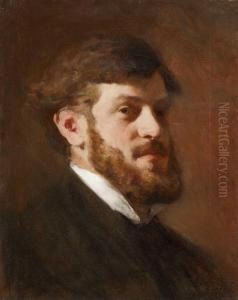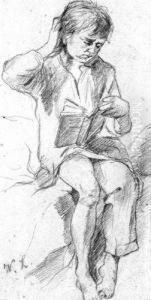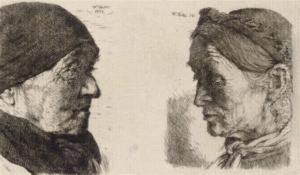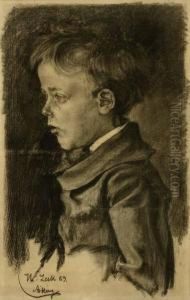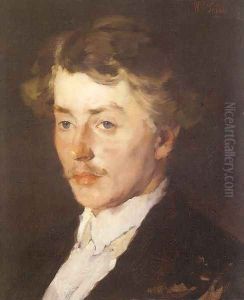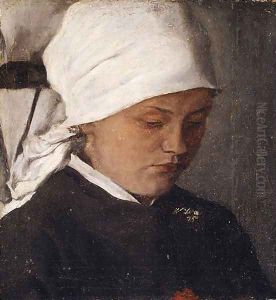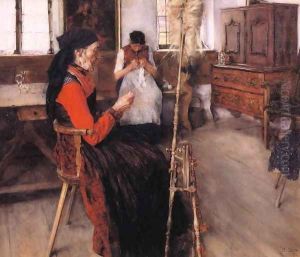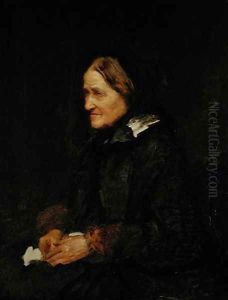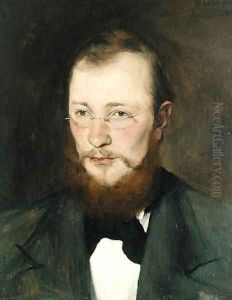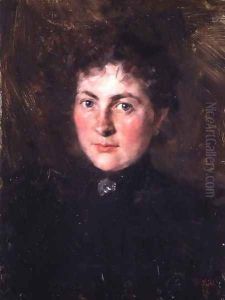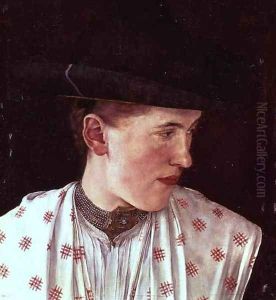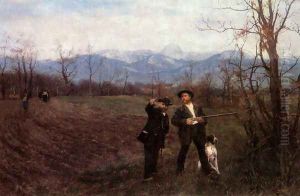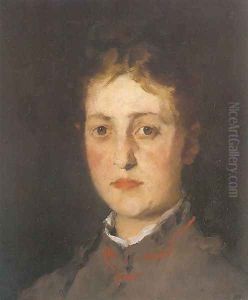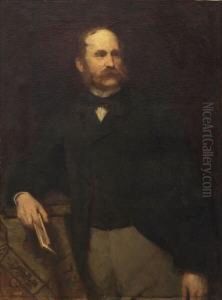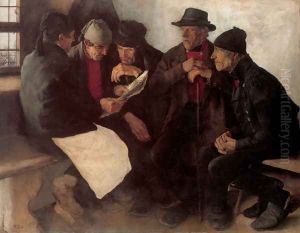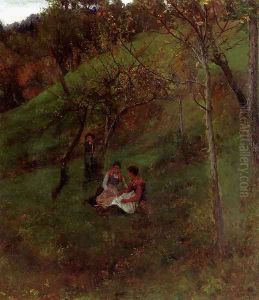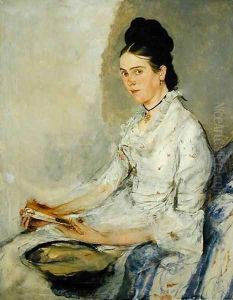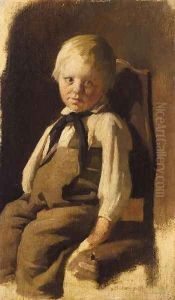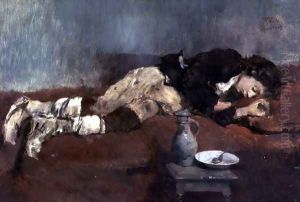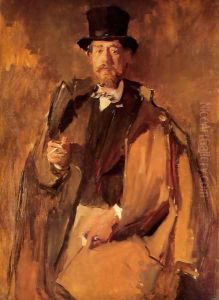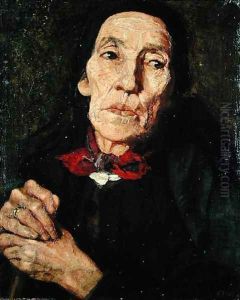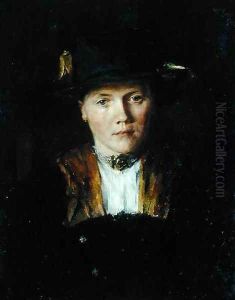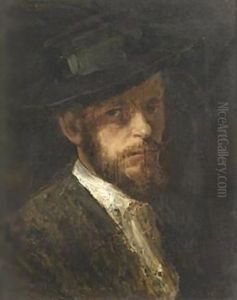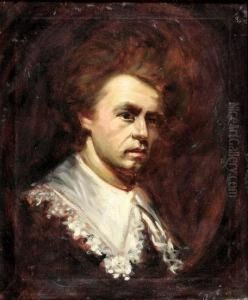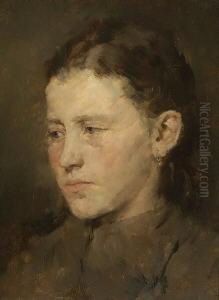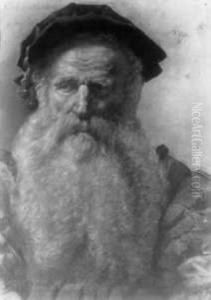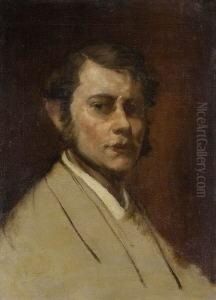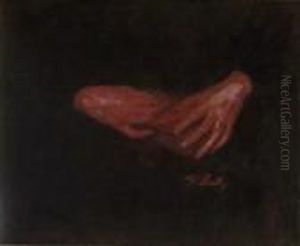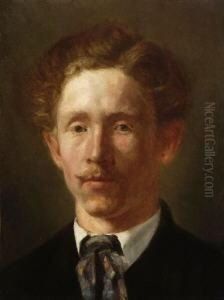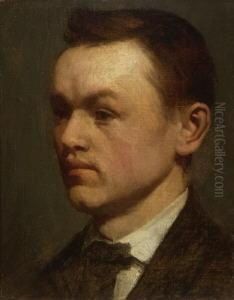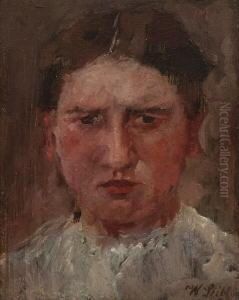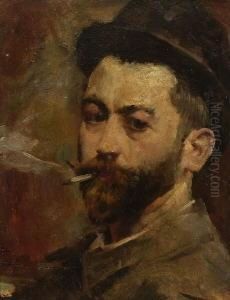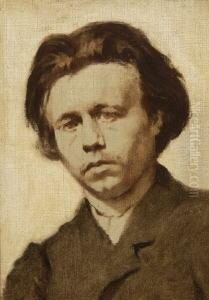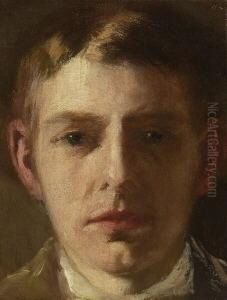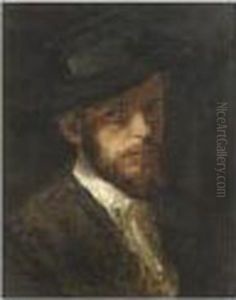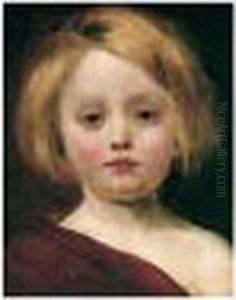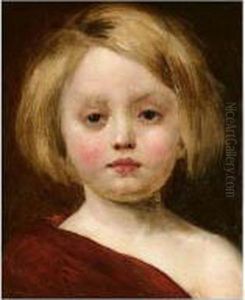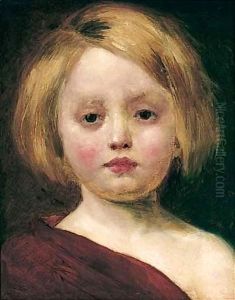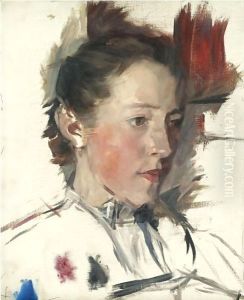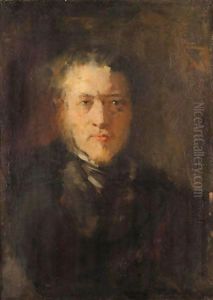Wilhelm Leibl Paintings
Wilhelm Leibl was a significant German realist painter of the late 19th century, renowned for his uncompromisingly realistic character studies and portraits. Born on October 23, 1844, in Cologne, he grew up in a middle-class family. His artistic talent became evident early on, and he pursued art education in Munich, where he became a student of Carl Theodor von Piloty, a leading academic painter of the time.
Leibl's early works were influenced by his teacher's grand historical and literary themes, but he soon developed a preference for depicting the daily life of country folk with an unsentimental realism that was innovative for the time. He was particularly inspired by the works of Gustave Courbet and the Dutch Old Masters, which led him to adopt a more rigorous and objective approach to painting.
In 1869, Leibl joined the artist group 'Leibl-Kreis', which included artists such as Wilhelm Trübner and Hans Thoma. This group focused on painting from life and was characterized by a shared interest in the precise and naturalistic representation of their subjects. Leibl's masterwork, 'The Village Politicians' (1877), is an excellent example of his skill in capturing the essence of his subjects with a stark and honest portrayal.
Leibl's approach to art was meticulous and labor-intensive. He often spent a long time observing his subjects and preparing numerous sketches before executing his paintings. Despite his dedication to realism, his work was not without controversy; the matter-of-factness of his subjects and his avoidance of idealization sometimes drew criticism.
Later in his career, Leibl's style evolved to include looser brushwork and a lighter palette, showing the influence of the Impressionists, although he never fully embraced their techniques. He continued to focus on portraits and genre scenes, and his later works are particularly noted for their psychological depth and the subtle interplay of light and shadow.
Wilhelm Leibl's contribution to German art was significant in that he helped to shift the focus from the idealized historical painting prevalent in the 19th century to a more truthful and direct representation of life. He died on December 4, 1900, in Würzburg, but his legacy lived on, influencing future generations of realist painters.
